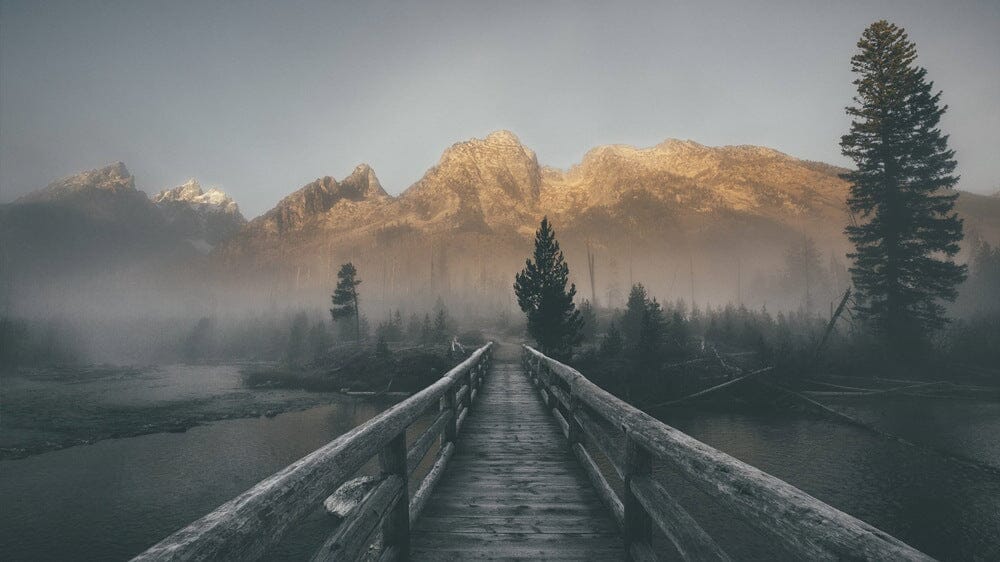The 50mm prime lens is one of the most versatile lenses a photographer can have. A 50mm prime lens (also known as a fixed focal length lens) is a must for new photographers. It's versatile, affordable and perfect for taking all types of photos.
The 50mm prime lens is a simple, versatile lens that is perfect for all types of photography. When you're comfortable with a 50mm lens, consider switching to a 200mm or 300mm lens, or even a fixed wide-angle lens. There are many benefits to using prime lenses that can really help improve your photography skills. In this guide we will highlight the advantages of a 50mm prime lens.
1. Why use a 50mm prime lens?
First, most 50mm prime lenses offer excellent value for money, as they capture a wide range of subjects while providing excellent image quality. Since this is such a popular focal length, many camera manufacturers produce many different models for their systems, from entry-level lenses to ultra-wide aperture models.

With so many options available, even cheap lenses can provide extremely fast apertures compared to kit lenses. This is very useful for photographers because you are able to capture sharp results with a shallow depth of field and a smooth blurred background to showcase your subject. Whether you have a DSLR or a non-reflective camera, there is always a 50mm prime lens for you.
2. The advantages of 50mm prime lens
(1) Small size, easy to carry
The kit lens that comes with the camera is not very large, but many 50mm prime lenses are even more compact than kit lenses. This compactness is perfect for situations where you can't really use a large lens. Street photography is a great choice for a 50 mm prime lens, as it allows you to move through crowds more easily.
Many 50mm prime foci are also light, especially the F /1.8 version. Faster 50mm prime foci such as the F /1.2 and F /1.4 are heavier due to their construction, but even so, they are still very thin and allow you to manipulate the camera with ease.
(2) Excellent performance in low light
Typically, a 50mm prime lens has a maximum aperture of F1.8 or greater, which means you can use it with very little light available. Instead of increasing the ISO as you would with a slow kit zoom lens, you can capture sharp images without much light by increasing the lens aperture. Remember to watch your shutter speed and increase your ISO if needed. It's better to have a sharp image with more noise than a blurry unusable photo, because you don't want to add ISO.
(3) Beautiful bokeh effect
Bokeh is the aesthetic quality of blurry out-of-focus areas in a picture, especially for portraits. By effectively isolating your subject from its background, you can direct the viewer's eyes to where you want them to go.

The 50mm prime lens has a very shallow depth of field, allowing you to really blur the background and create a beautiful bokeh. Other lenses (lenses in the 80-100mm range) produce better bokeh results, but the 50mm prime lens bokeh is still quite good.
(4) Versatility
The 50mm prime lens is perfect for many different types of photography, from streets to landscapes to candid shots and more. It's a great lens to buy as a beginner because you can use it to shoot many different subjects. Take the time to hone your skills with this lens and expand your gear collection over time as your needs grow. It's great to have a lot of gear, but remember that "photographers don't make gear". Your vision and unique perspective are the most important. Practice your craft with equipment you can use, and don't worry too much about equipment you don't currently have.
If you can only choose one lens on your camera, seriously consider a 50mm prime lens. This is a prime lens that can take all types of photography to the next level. Don't let its simplicity fool you. It has great photographic impact and is worth every penny.



Share:
Top 9 composition tips beginners should not miss
6 Macro photography tips for Beginners